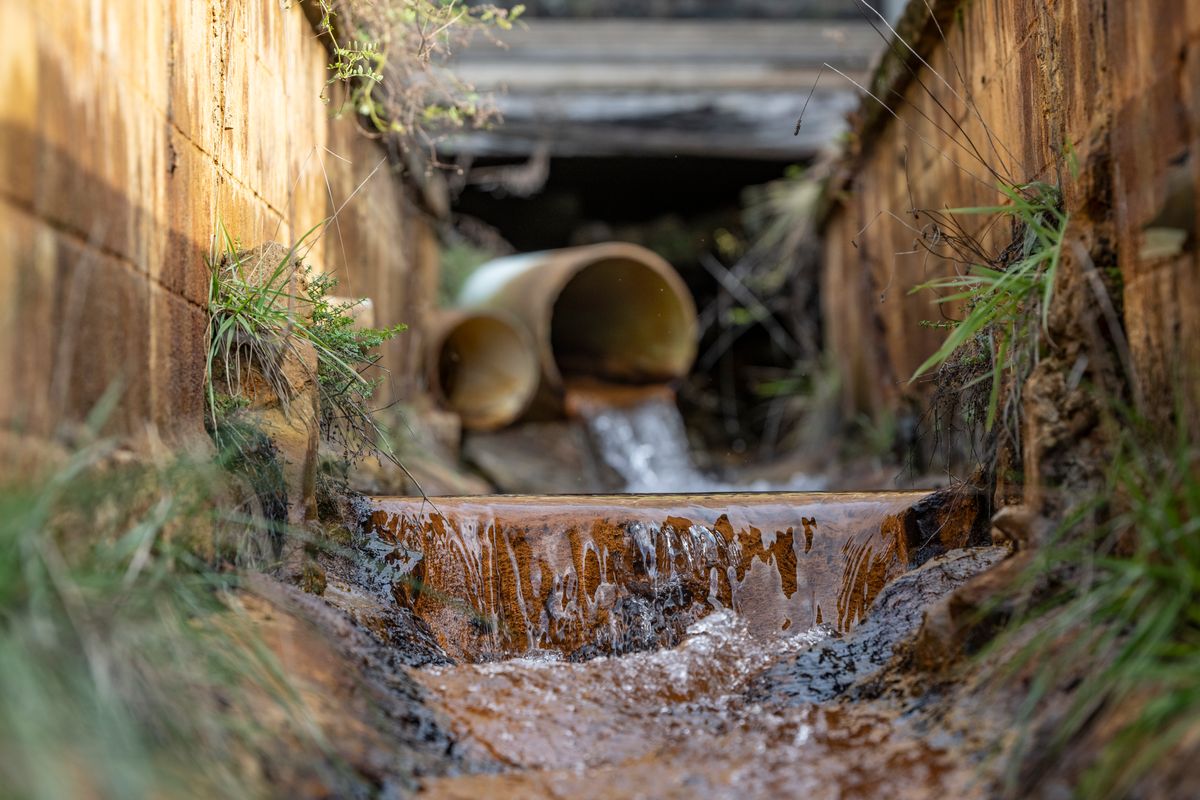Coal mining can expose minerals like pyrite to oxygen from rainwater and the air. In turn, this pyrite creates sulfuric acid — a toxin to aquatic wildlife that frequently enters water runoff.
But new research at West Virginia University (WVU) aims to remove harmful minerals from acid mine drainage, and repurpose them into usable industrial materials.
Paul Ziemkiewicz, director of WVU’s Water Research Institute, began working on the project in 2016. His team has already developed technology to extract minerals like pyrite from local water supplies, effectively ridding it of mine pollutants.
“You have to treat the acid mine drainage… [in] a treatment plant or facility,” he said. “We have a process that basically is a way of treating acid mine drainage while recovering valuable minerals and cleaning up the environment at the same time.”
Ziemkiewicz said that his team helps operate a plant near Grant County that treats from 500 to 1,000 gallons of acid mine drainage per minute. According to Ziemkiewicz, facilities like these help proactively treat drainage before it enters a body of water.
Minerals extracted from this drainage can be repurposed for industrial benefits, which brings additional value to the extraction process, he said.
An additional $5 million in funding secured this week from the United States Department of Energy (DOE) will help the team embark upon part two of the project: converting extracted minerals into industrial materials.
Ziemkiewicz said his team secured the funding after responding to a DOE project solicitation sent out nationally. The group has received funding from the DOE roughly 10 times, he said.
“What we’re doing now is taking that concentrate and developing new processes that are very environmentally friendly, and that will take those mixtures of rare earth and other metals and separate those into individual, usable components,” Ziemkiewicz said.
Rare earth elements are used in a variety of goods ranging from cell phones to alternative energy technology, he said. Many of these elements are primarily imported from China, but Ziemkiewicz said projects like his own could develop methods of obtaining them domestically.
Additionally, state law grants individuals or groups who treat acid mine drainage rights to the usage of extracted materials. This means treatment plants can sell the materials they extract and use them to finance operations, Ziemkiewicz said.
Beyond sustaining environmental upsides, Ziemkiewicz said that the prospect of self-funded treatment plants would also stand to create jobs for coalfield communities devastated by the decline of the mining industry.
“Being able to bring in an industry that cleans up the previously polluted water while creating economic opportunities through the extraction of the rare earth is creating wealth for these communities,” he said. “It creates wealth where previously you had basically environmental degradation.”
